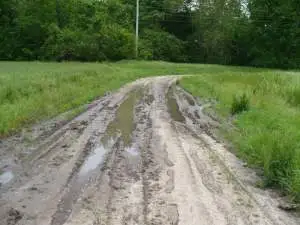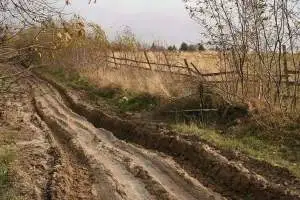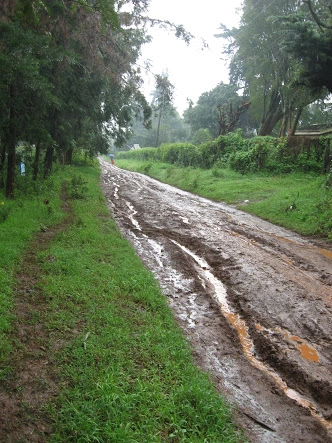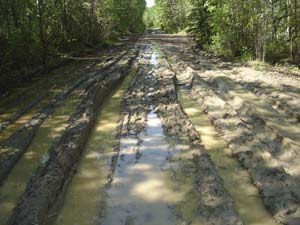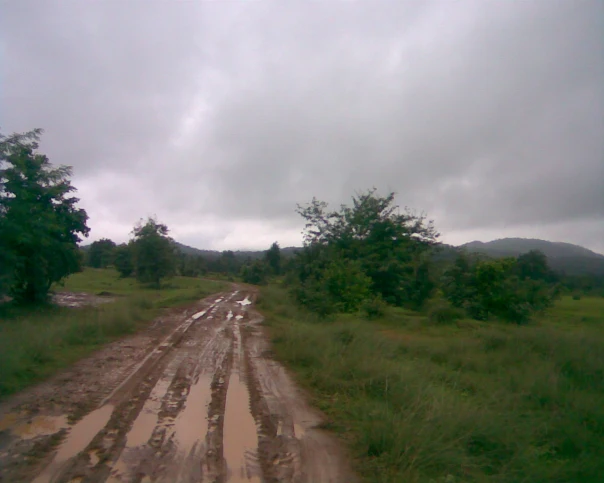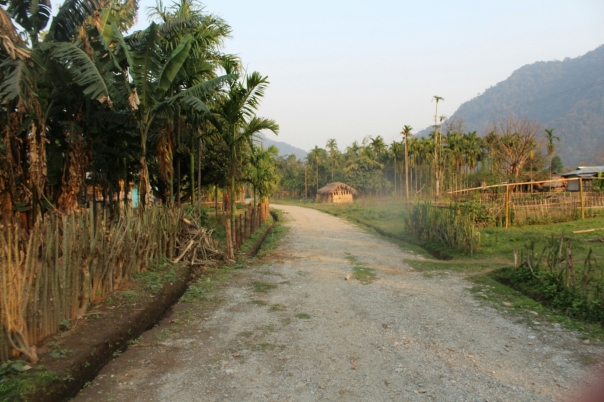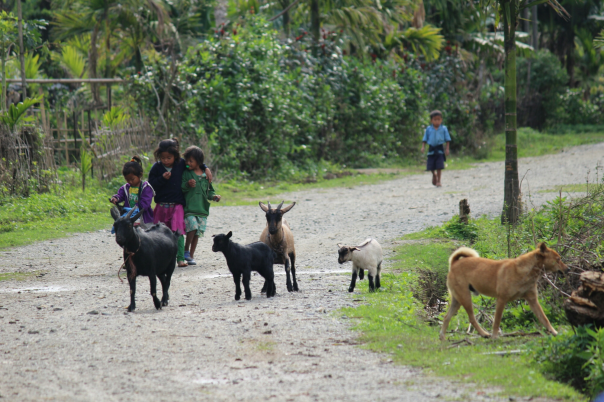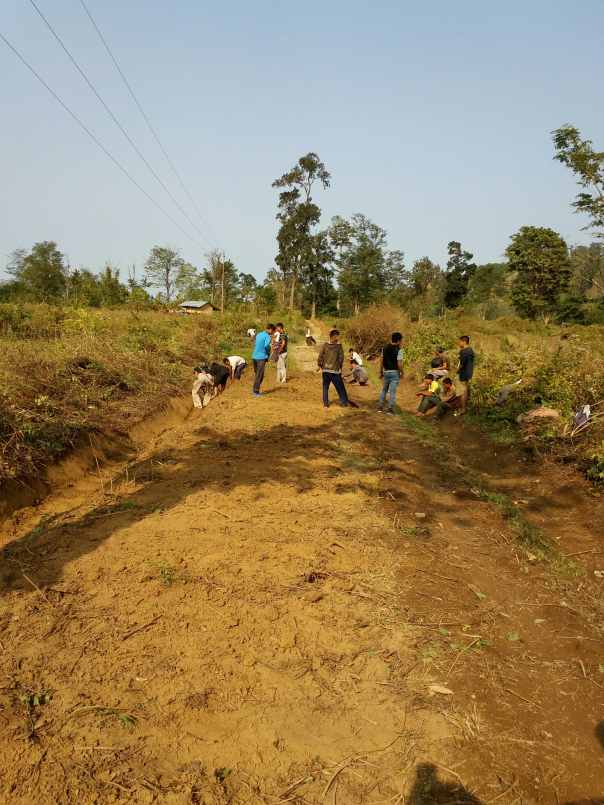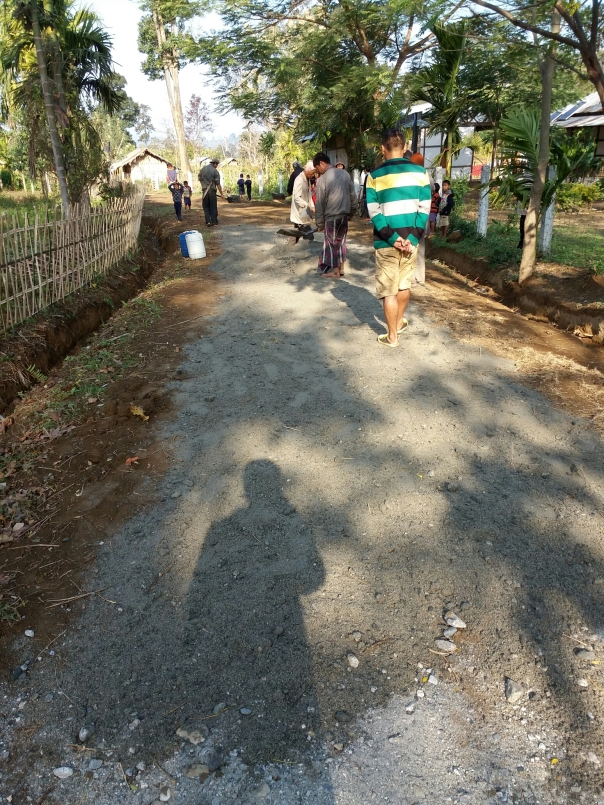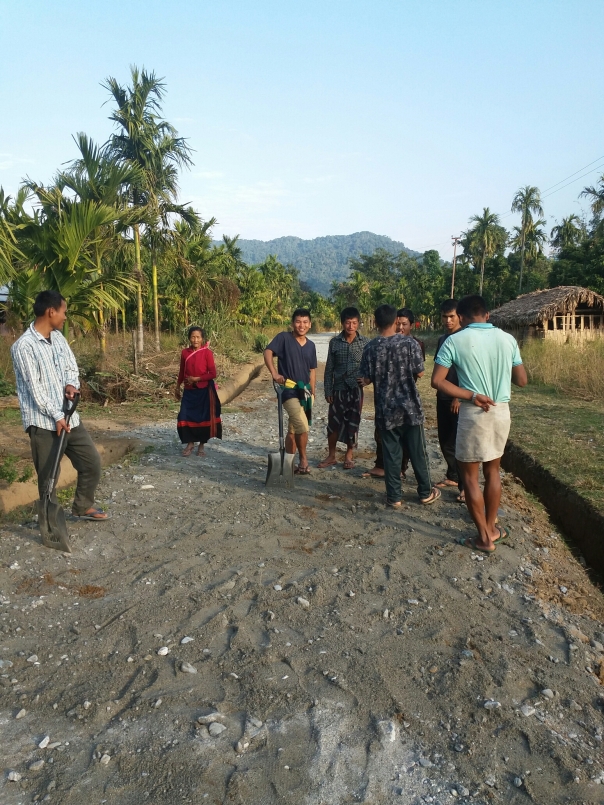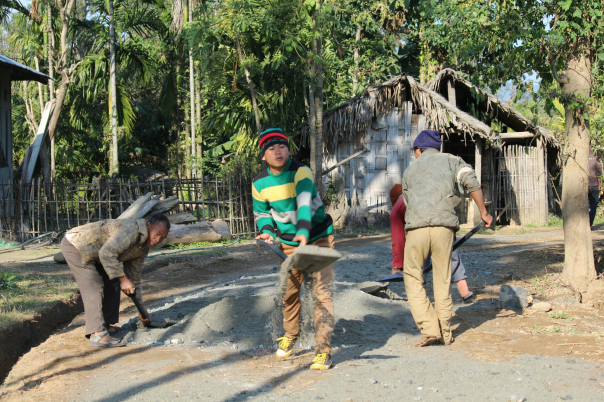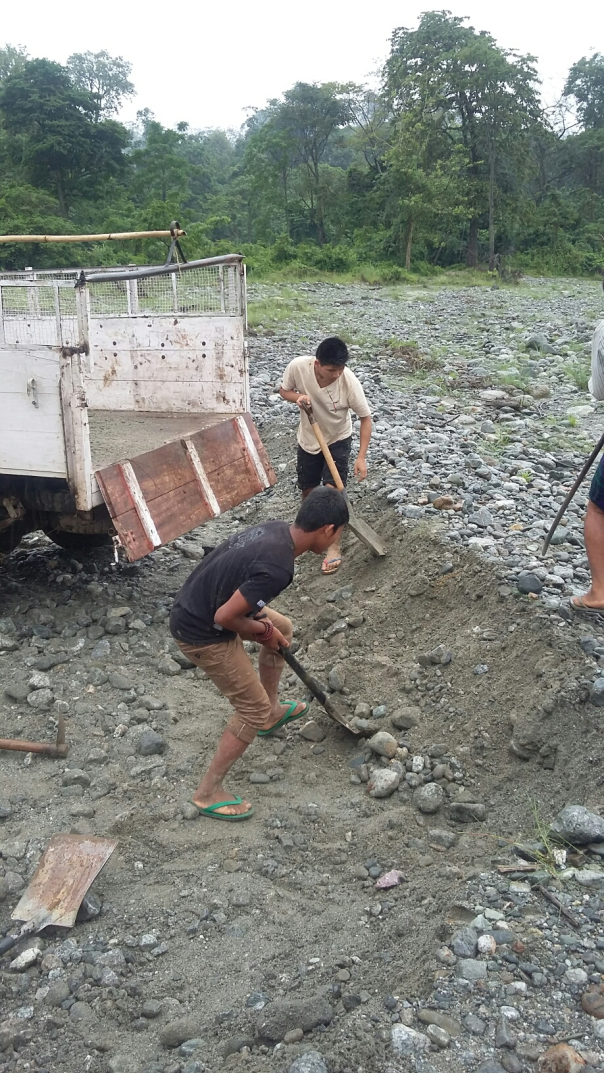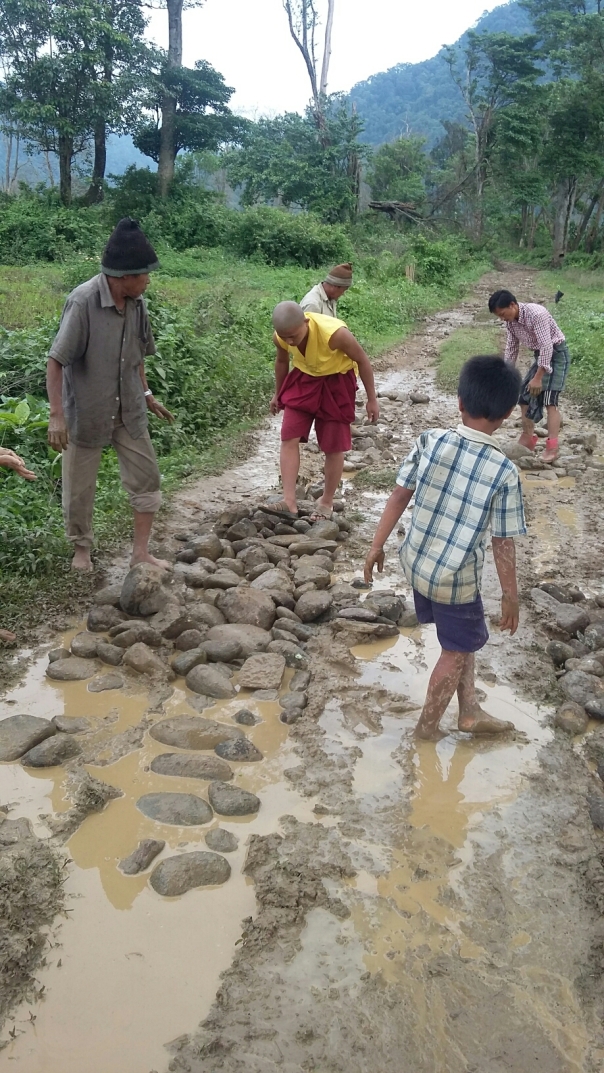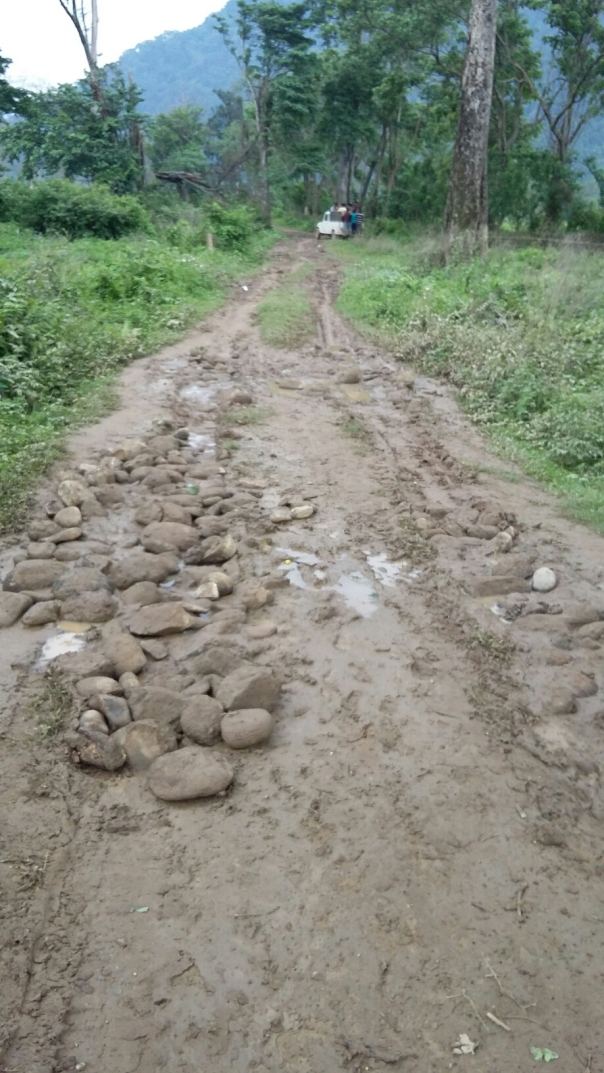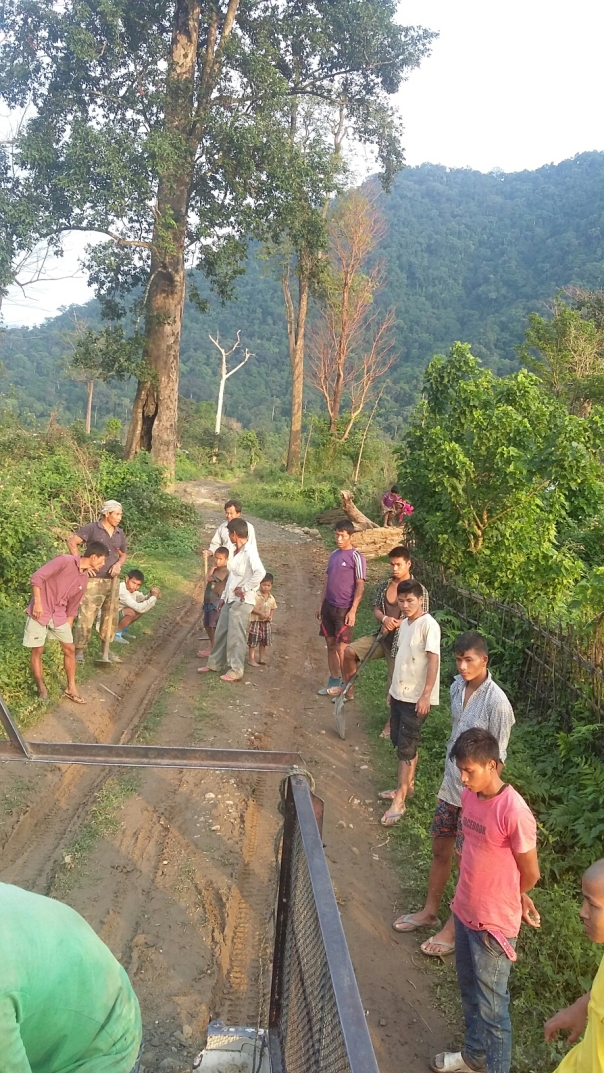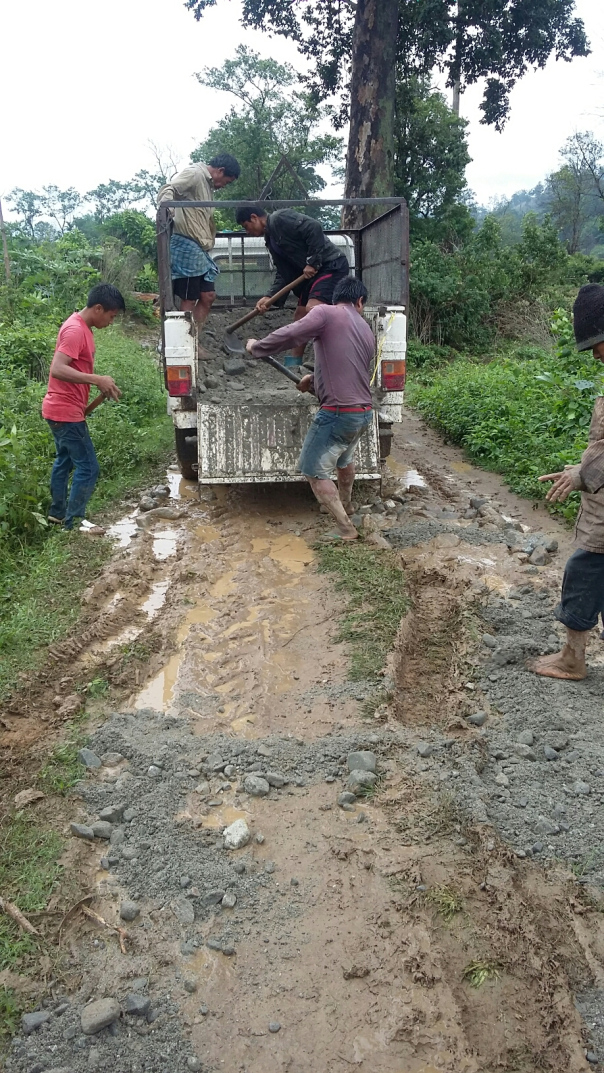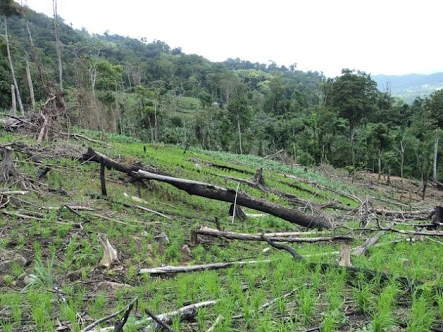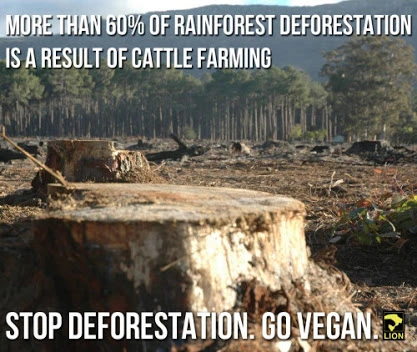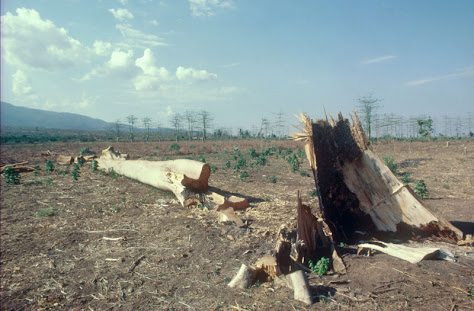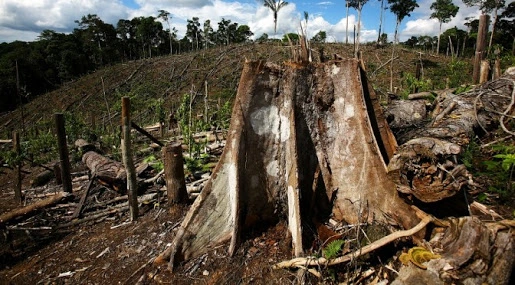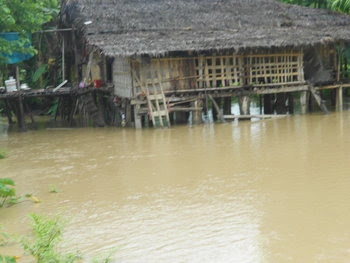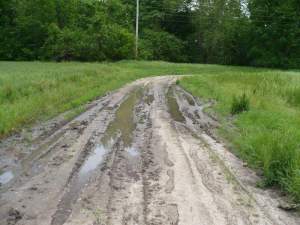All posts by crdpbodhisattadeban
If they could why not we
From building their own roads to inaugurating their own flyovers, these men and women across India have proved that we don’t need politicians, bureaucracy, or even permissions to get what we want. This is the spirit of India.
1. Congress MLA Sanjay Kapoor got together volunteers to repair National Highway 87 NH 87, that connects UP’s Rampur to Uttarakhand’s Karna Prayag, was in a pathetic condition and potholes had claimed over 100 lives. It needed repair. Kapoor got 32-km of the highway repaired with the help of voluntary workers or ‘kar sevaks’ in eight days. Even after addressing 10 letters, when none of theofficials came forward to inquire, fed up of government apathy, MLA Kapoor went ahead with the repair work. He later on got into trouble for it –the government deemed his repair work illegal!
2. Tired of waiting for politicians, these Mumbaikars inaugurated a flyover themselves!The inhabitants of Jogeshwari area in Mumbai had been waiting for quite a while for the local flyover in their area to be inaugurated. But instead of waiting for hours for the politicians to arrive and inaugurate the flyover, these Mumbaikars took matters into their own hand and inaugurated the flyover themselves. The delay in the inauguration was caused because ofthe war between Shiv Sena and BJP,and the issue was whether Sena chief Uddhav Thackeray or CM Devendra Fadnavis would cut the ribbon. Posted bySampath K Iyengaron Friday, 14 August 2015
3. The government ignored their need for a bridge for years. So these villagers raised a crore on their own. When politicians and bureaucrats ignored their requests to build them a bridgeover Ghaggar river so that they could reach Sirsa town with their farm producefaster, the villagers teamed up and collected Rs 1 crore. With it,they have funded a 250-foot-long, 14-foot-wide bridgeconnecting Aleeka and Panihari villages to Sirsa.Work on the bridge started in April 2014. Today, it is near completion, and will soon be a lifeline for 1.25 lakh people as it will cut the distance from their villages to Sirsa town by at least 30 km.
4. Villagers build their own railway station.For 25 years, residents of Tajnagar village near Gurgaon lobbied for a railway station in their village. When their demand was not met, the villagers decided to take matters in their own hands — they pooled in Rs 21 lakh and built a railway station on their own. In 2010, the result of their efforts — perhaps the first railway station in the country on which the Railways didn’t have to spend asingle penny — started operations. fotonixIt all started about two years back, when the panchayat passed a resolution saying that since the Railways was not able to build a station for them, they would do it themselves, with their own money. Soon, an 11-member ‘gram seva samiti’ was constituted and it started collecting money from villagers.”Most of the 3,000-plus people living in the village are agriculturists. But such was the burning desire to have a station in the village, everybody contributed according to their capacity. Ranging from Rs 3,000 to Rs 75,000 they donated money for the station and we started construction in January, 2008,” said Ranjeet Singh, former village sarpanch. The villagers then asked the Railways if it would agree to stop a few trains at the station if they constructed a station with their own resources. To their surprise, the Railways agreed to make seven passenger trains (in both directions) halt at the station if it was built according to its specifications.
5. Tired of waiting, villagers build their own roadglobalnewlightofmyanmar_representational imageAfter waiting endlessly for a road to be built to their village, a group of enterprising residents of Harishtal village completed construction of a 4-km-long road using the Rs 15-lakh collected from amongst themselves. “It was after we realised that no help would be forthcoming that we decided to anchor the project on our own. People from the area started collecting funds and came forward to volunteer. We also asked for donations from businessmen and other people of the area,” said Kedi Rubali, the village pradhan. Incidentally, residents of the area had boycotted the assembly elections in 2012 and had also warned politicians that they would not vote in the Lok Sabha elections if the road was not constructed.
6. Gangadhara Tilak Katnam repairs life threatening potholes across HyderabadThis 67-year-old former railway employee is no regular just another retired official. He spends most of his time and his entire pension money in repairing the dangerous and life-threatening potholes in the city of Hyderabad. Everydayhe goes out in search of these potholes and repairs them so that people in the city can commute safely. So far he has filled over 1125 potholes. Following his footsteps, several software engineers and citizens joined his ‘Shramadaan'(meaning voluntary contribution for labour). He does not accept any donations/funds and has no employees. Even when there was no one to support his cause, he did not give up and continued working with sheer dedication.Katnam’s wife wanted him to give this up and called his son Ravi, who resides in the US, to stop him. When Ravi saw that his father’s endeavour was ‘very much required’, he developed an app through which people could tell his father where these potholes were.
7. Dashrath Manji – the legendary mountain manA labourer who lived in the remote Atri block of Gaya, Bihar trekked a 300-foot tall mountain everyday to get onto the other side where he worked on a farm. People in the village had to take the treacherous mountain trek to get to the other side to avail even basic facilities like schools, hospitals etc. But when Dashrath’s wife injured herself trying to get lunch for him, he decided to do something so that people in his village could easily avail at least basic facilities like a doctor etc. From 1960 to 1982, he took 22 years to carve out a road 360 feet long and 30 feet wide. Wazirganj, with its doctors, jobs, and school, was now only 5 kilometers away. People from 60 villages in Atri could use the road. Children had to walk only 3 kilometers to reach school. Grateful, they began to call him ‘Baba’, the revered man.
8. Daripalli Ramaiah planted 10 million treesPeople in Khammam, Telangana know Ramaiah as “Chettla Ramaiah”, where Chettu means tree. This man has so far planted not 10, not 20 but 10 million trees! On a mission to plant trees wherever he finds barren land, this nature lover carries plants on his cycle and seeds in his pocket and goes around the place planting them. He also collects waste materials and paints slogans on them spreading awareness about the importance of trees in our lives. “Vrikshio Rakshati Rakshitah” is his main slogan and it means if you save the trees, they will save you.
9. Dr. Pawankumar Gulabrao Patil taught this village to wash their hands.On a two-year fellowship programme at Nirman’s SEARCH (Society for Education, Action and Research in Community Health), in Maharashtra, Dr. Patil found that the villagers were living in unhygienic conditions and that a simple thing such as washing hands was not practised by people. He developed a hand-washing device in just Rs 35 that saved the lives of many in the village.The idea simply involved a few sticks, a string and a soap to set up a low-cost hand-washing device. He took up his device and with the help of school children set it up in the primary school of Kudakwahi village. This ensured that the kids had a sense of ownership towards the device. Rather than imposing iton the kids, he taught them how to wash hands with the help of songs, and taught the children to ‘boo’ those whose hands were dirty and ‘yay’ those whose hands were clean; those who wanted to propagate the idea of cleanliness were called Nirmaldoots. And whenever the village celebrated anything, he used the opportunity to set up a Nirmal device in a common placeand the eldest lady in the family would do a pooja for it. After having set up 83 Nirmal devices in 16 villages across Maharastra, Pawan moved on with his life, and his Nirmaldoots in the village are taking his message forward.
10. Bhapkar Guruji has a resolve that can move mountains.84-year-old Rajaram Bhapkar, a former teacher at Gundegaon village in Ahmednagar district, has cut throughseven hills in the last 57 years to make 40-km roads. He is respected across the region for this feat. “At the time of Independence, there was not even a ‘paywat’ (walking trail) connecting Gundegaon to the adjoining village,” Bhapkar, who has studied till seventh standard said. When Bhapkar, who worked in zilla parishad school between 1957 to 1991, was working at Kolegaon, people from his villages had to cross three villages to reach there. Bhapkar remembers asking government authorities to build a road cutting across the 700 meter high Santosha hill. With no help forthcoming, he embarked on a journey of grit and determination, which 57 years later would result in seven roads, altogether 40 km long, linking his village to the adjoining villages.(Inputs from Times of India)
Last project work
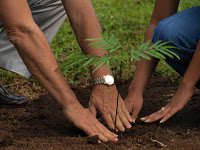
CHAKMA RURAL DEVELOPMENT PROJECT
CHAKMA RURAL DEVELOPMENT PROJECT  Chakma Rural Development Project is a yearly project, which expressively aims to uplift our Chakma society, run by a number of undergraduate Chakma students from Arunachal Pradesh. The lengthy proceedings of the citizenship issue of Chakmas has peeped out as an enervating marathon heralding unexpected responses and people are completely fed up with the prolonged negligence of government so some students have decided to take initiatives to help oneself instead of waiting for others help. This is also aimed at bringing together the present and ex students of Alice Project, who are now splintered in far-flung corner of the country, to unfold their social mindedness before all the cynics who once heaped scorn on the students. The objective of this project will undisputedly be an example for those jobholders who are busy in the stampede to feather own nests and shaping their stature and do not contribute in the uplifting of the community even to a least extent. This freestanding project keeps itself at an arm length from any political influence. The project does not collect any contribution from the villagers but it works smoothly in collaboration with them, as it desperately needs human resources and physical assistance to make our mission a great success. “We believe in little changes, not in quantum leap” the eloquent motto of the project implies that this strains every nerve to improve the plight of villages in proportion to its efficacy and capability but gradually not overnight. MAJOR OBJECTIVES OF OUR PRIORITISED AGENDA
Chakma Rural Development Project is a yearly project, which expressively aims to uplift our Chakma society, run by a number of undergraduate Chakma students from Arunachal Pradesh. The lengthy proceedings of the citizenship issue of Chakmas has peeped out as an enervating marathon heralding unexpected responses and people are completely fed up with the prolonged negligence of government so some students have decided to take initiatives to help oneself instead of waiting for others help. This is also aimed at bringing together the present and ex students of Alice Project, who are now splintered in far-flung corner of the country, to unfold their social mindedness before all the cynics who once heaped scorn on the students. The objective of this project will undisputedly be an example for those jobholders who are busy in the stampede to feather own nests and shaping their stature and do not contribute in the uplifting of the community even to a least extent. This freestanding project keeps itself at an arm length from any political influence. The project does not collect any contribution from the villagers but it works smoothly in collaboration with them, as it desperately needs human resources and physical assistance to make our mission a great success. “We believe in little changes, not in quantum leap” the eloquent motto of the project implies that this strains every nerve to improve the plight of villages in proportion to its efficacy and capability but gradually not overnight. MAJOR OBJECTIVES OF OUR PRIORITISED AGENDA 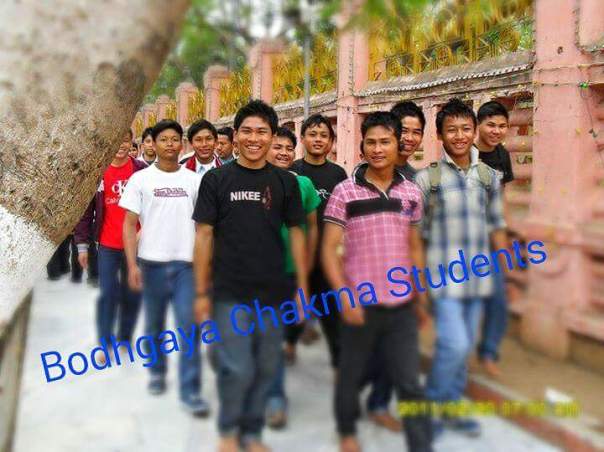
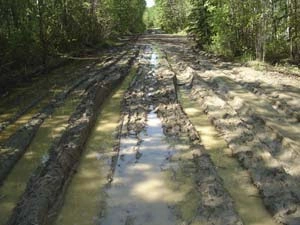 1.RECONSTRUCTION AND RENOVATION Poor road connectivity, considered as a tough impediment to the substantial development of any place, maximizes the actual distance by double. Substandard conditions of the roads aggravate the poor transport, which apparently becomes the stumbling block to any kind of development in the region. In many Chakma rural areas, not least the eight villages of Deban, the conditions of roads are not up to scratch vis-à-vis other parts in Arunachal Pradesh. It has adversely crippled the mercantile relation with the town and villagers are compelled to travel a long obstacles-ridden route for their daily necessities and requirements. In many cases serious patients suffering from endemic malayria and Jaundice, the two nerves-racking diseases epidemic in Deban, die painful deaths in the way being unable to cover the distance between villages to the hospital for the nearest clinic is more than 20 kms far. The lack of smooth roads connectivity has appeared as a curse as it made Deban area an isolated place. In harsh rainy season, with torrential beat of cloudburst posing cataclysmic havoc in the region, the plight of roads perpetuates hindrance for villagers to reach town, abetted by colossal landslides blocking the roads and making them paved.
1.RECONSTRUCTION AND RENOVATION Poor road connectivity, considered as a tough impediment to the substantial development of any place, maximizes the actual distance by double. Substandard conditions of the roads aggravate the poor transport, which apparently becomes the stumbling block to any kind of development in the region. In many Chakma rural areas, not least the eight villages of Deban, the conditions of roads are not up to scratch vis-à-vis other parts in Arunachal Pradesh. It has adversely crippled the mercantile relation with the town and villagers are compelled to travel a long obstacles-ridden route for their daily necessities and requirements. In many cases serious patients suffering from endemic malayria and Jaundice, the two nerves-racking diseases epidemic in Deban, die painful deaths in the way being unable to cover the distance between villages to the hospital for the nearest clinic is more than 20 kms far. The lack of smooth roads connectivity has appeared as a curse as it made Deban area an isolated place. In harsh rainy season, with torrential beat of cloudburst posing cataclysmic havoc in the region, the plight of roads perpetuates hindrance for villagers to reach town, abetted by colossal landslides blocking the roads and making them paved. 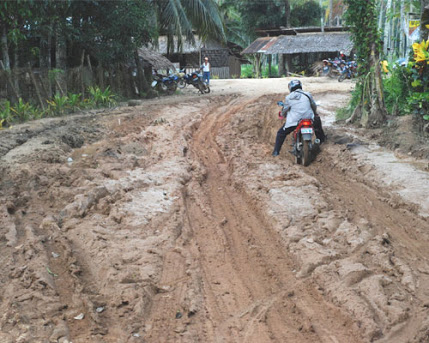
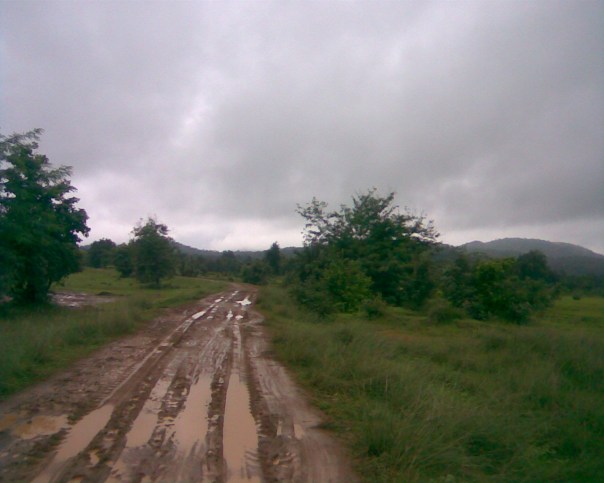 In our agenda, we decided to undertake the renovation of roads as first priority. This will help to bridge a gap between areas and make accessibility into villages expediting the development. That is why we are determined to let the renovation of roads to take precedence over everything. 2. GREEN PRESERVATION-
In our agenda, we decided to undertake the renovation of roads as first priority. This will help to bridge a gap between areas and make accessibility into villages expediting the development. That is why we are determined to let the renovation of roads to take precedence over everything. 2. GREEN PRESERVATION- 
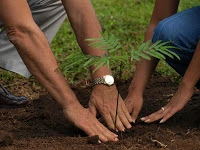 Plethora of articles has been written on this issue but are we sincere enough to save our planet. We are aware of global warming, the unexpected weather change, the symptomatic threat of drought, the prospective ominous natural imbalance and the wanton cataclysms of nature’s fury. Chakmas are relied on agriculture so they have to denude the nearest hills under the compulsion. Through CRDP we plant trees and encourage people to plant trees. This process is contemporaneous with the renovation of roads. To help us please contact:Ajay Kumar Chakma
Plethora of articles has been written on this issue but are we sincere enough to save our planet. We are aware of global warming, the unexpected weather change, the symptomatic threat of drought, the prospective ominous natural imbalance and the wanton cataclysms of nature’s fury. Chakmas are relied on agriculture so they have to denude the nearest hills under the compulsion. Through CRDP we plant trees and encourage people to plant trees. This process is contemporaneous with the renovation of roads. To help us please contact:Ajay Kumar Chakma
Tergar Monastery Bodhgaya
Or
Chakma Rural Development Project BODHISATTA DEBAN, NAMDAPHA NATIONAL PARK, MIAO, ARUNACHAL PRADESH-792122 crdp143@hotmail.com ajaynickee@gmail.com ajaynickee@yahoo.com Contact no.+918804916094,

BENEFITS OF TREES
 Every year thousands and thousands of TREES are being cut for our jhum cultivation (cultivation in hilly areas). Are we really aware of the consequences about to come next due to deforestation? Are we thinking about the future of our next generation? No, we aren’t. Cultivation is the most prioritized source for survival and it is not an error too because we don’t have any other choices. But not restoring the environment which we are destroying day by day is the biggest mistake for us and our future generations. To restore it we need to plant more and more TREES all around our localities. Please we the team-CRDP(CHAKMA RURAL DEVELOPMENT PROJECT) invite and request you all to join us in this wholesome deed. Let’s come together and do it together for our planet where we are living and lived. Save TREES save planet. Following are the benifits we can get from trees:
Every year thousands and thousands of TREES are being cut for our jhum cultivation (cultivation in hilly areas). Are we really aware of the consequences about to come next due to deforestation? Are we thinking about the future of our next generation? No, we aren’t. Cultivation is the most prioritized source for survival and it is not an error too because we don’t have any other choices. But not restoring the environment which we are destroying day by day is the biggest mistake for us and our future generations. To restore it we need to plant more and more TREES all around our localities. Please we the team-CRDP(CHAKMA RURAL DEVELOPMENT PROJECT) invite and request you all to join us in this wholesome deed. Let’s come together and do it together for our planet where we are living and lived. Save TREES save planet. Following are the benifits we can get from trees:  Benefits of Trees The benefits that trees provide from social, communal, environmental, and economic perspectives. Most trees and shrubs in cities or communities are planted to provide beauty or shade. While these are excellent benefits, woody plants serve many other purposes. The benefits of trees can be grouped into social, communal, environmental, and economic categories. Social Benefits
Benefits of Trees The benefits that trees provide from social, communal, environmental, and economic perspectives. Most trees and shrubs in cities or communities are planted to provide beauty or shade. While these are excellent benefits, woody plants serve many other purposes. The benefits of trees can be grouped into social, communal, environmental, and economic categories. Social Benefits  Human response to trees goes well beyond simply observing their beauty. We feel serene, peaceful, rest- ful, and tranquil in a grove of trees. We are “at home” there. The calming effect of nearby trees and urban greening can significantly reduce workplace stress levels and fatigue, calm traffic, and even decrease the recovery time needed after surgery. Trees can also reduce crime. Apartment buildings with high levels of greenspace have lower crime rates than nearby apart- ments without trees. The stature, strength, and endurance of trees give them a cathedral-like quality. Because of their poten- tial for long life, trees are frequently planted as living memorials. We often become personally attached to trees that we, or those we love, have planted. The strong tie between people and trees is often evident when community residents speak out against the removal of trees to widen streets or rally to save a particularly large or historic tree.
Human response to trees goes well beyond simply observing their beauty. We feel serene, peaceful, rest- ful, and tranquil in a grove of trees. We are “at home” there. The calming effect of nearby trees and urban greening can significantly reduce workplace stress levels and fatigue, calm traffic, and even decrease the recovery time needed after surgery. Trees can also reduce crime. Apartment buildings with high levels of greenspace have lower crime rates than nearby apart- ments without trees. The stature, strength, and endurance of trees give them a cathedral-like quality. Because of their poten- tial for long life, trees are frequently planted as living memorials. We often become personally attached to trees that we, or those we love, have planted. The strong tie between people and trees is often evident when community residents speak out against the removal of trees to widen streets or rally to save a particularly large or historic tree.
Communal Benefits
Even when located on a private lot, the benefits provided by trees can reach well out into the surrounding community. Likewise, large- growing trees can come in conflict with utilities, views, and structures that are beyond the bounds of the owner’s property. With proper selection and maintenance, trees can enhance and function on one property without infringing on the rights and privileges of neighbors. City trees often serve several architectural and engineering functions. They provide privacy, emphasize views, or screen out objectionable views. They reduce glare and reflection. They direct pedestrian traffic. Trees also provide background to and soften, complement, or enhance architecture. Trees bring natural elements and wildlife habitats into urban surroundings, all of which increase the quality of life for residents of the community.
Environmental Benefits  Trees alter the environment in which we live by moderating climate, improving air quality, reducing stormwater runoff, and harboring wildlife. Local climates are moderated from extreme sun, wind, and rain. Radiant energy from the sun is absorbed or deflected by leaves on deciduous trees in the summer and is only filtered by branches of deciduous trees in winter. The larger the tree, the greater the cooling effect. By using trees in the cities, we can moderate the heat-island effect caused by pave- ment and buildings in commercial areas.
Trees alter the environment in which we live by moderating climate, improving air quality, reducing stormwater runoff, and harboring wildlife. Local climates are moderated from extreme sun, wind, and rain. Radiant energy from the sun is absorbed or deflected by leaves on deciduous trees in the summer and is only filtered by branches of deciduous trees in winter. The larger the tree, the greater the cooling effect. By using trees in the cities, we can moderate the heat-island effect caused by pave- ment and buildings in commercial areas.
To support us please contact: CRDP 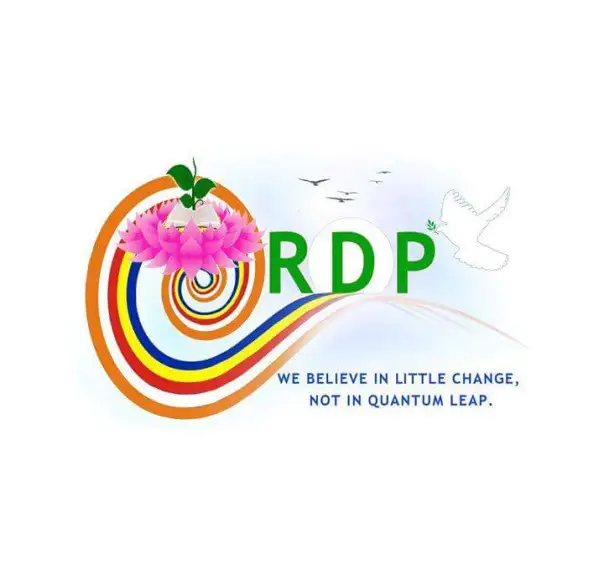 TERGAR MONASTERY, SUJATA BY PASS, BODHGAYA, GAYA-824231 BIHAR, INDIA EMAIL-ajaynickee@gmail.com ajaynickee@yahoo.com crdp143@hotmail.com Phone no.+918804916094
TERGAR MONASTERY, SUJATA BY PASS, BODHGAYA, GAYA-824231 BIHAR, INDIA EMAIL-ajaynickee@gmail.com ajaynickee@yahoo.com crdp143@hotmail.com Phone no.+918804916094
To help us please contact: Chakma Rural Development Project BODHISATTA DEBAN, NAMDAPHA NATIONAL PARK, MIAO, ARUNACHAL PRADESH-792122 crdp143@hotmail.com
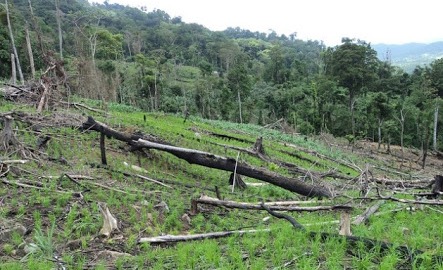
Why TREES are important
Reduce Global Warming By Planting Trees
How does planting trees help the environment? Why planting trees is important to reduce global warming? This is what we are precisely going to talk about. Read on and find the answers about the many benefits of planting trees.
According to the environmental protection agencies, planting trees is a must if we want to save our planet. Trees not only remove harmful chemicals from the soil, but also help reduce the greenhouses leading to global warming. Go on and see how planting trees helps the environment.
Advantages of planting trees in reducing global warming
1. An average size tree creates sufficient oxygen in one year to provide oxygen for a family of four.
2. Planting trees in the right place around buildings and homes can cut air-conditioning costs up to 50 percent.
3. Planting trees for the environment is good as they are renewable, biodegradable and recyclable.
4. If we plant 20 million trees, the earth will get with 260 million more tons of oxygen.
5. Once acre of trees can remove up to 2.6 tons of Carbon Dioxide each year.
6. During photosynthesis, trees and other plants absorb carbon dioxide and give off oxygen.
7. Trees keep in cheek the air and water pollution.
8. Why planting trees is important is evident as they are the natural habitat of the animals and birds, as well as many endangered species.
9. Planting trees means more wood and paper products which can be easily recycled.
10. A newly planted whole forest, can change tones of atmospheric carbon into wood and other fibrous tissue, thus reducing global warming.
So, start digging immediately if you have the means to plant a tree. There are still too few of them to fully offset the changes brought about by global warming. Automobile traffic, manufacturing and other human activities are playing havoc with our environment. Reduce global warming simply by planting trees for the environment
Every year numbers of TREES are being cut to cultivate which is the main source as well to survive but are we really aware of the consequences about to come next?Cultivation isn’t an error but not restoring the nature which we are destroying is a big mistake…
If we can cut TREES we must be ready to plant more TREES than we cut. So let’s come and do it together…Each tree is valuable for our future generation to survive….
THANK YOU
TEAM CRDP
BODHGAYA
CONTACT-Ajay Kumar Chakma
Email:ajaynickee@gmail.com
crdp143@hotmail.com
Phone:9504448732
+919504047904
Chakma Rural Development Project

Roads during the rainy seasons in our chakma villages
“How does Chakma villages’ roads look during rainy season. Can you imagine how tough life it would be if you face these kinds of problems? Our project has decided to work on these as planned. For more details and to help contact Ajay Kumar Chakma Tergar Monastery, Sujata By Pass , BODHGAYA Email-ajaynickee@gmail.com crdp143@hotmail.com Phone-+919504448732 